-
 Bitcoin
Bitcoin $115100
1.27% -
 Ethereum
Ethereum $3675
2.71% -
 XRP
XRP $2.995
1.45% -
 Tether USDt
Tether USDt $1.000
0.02% -
 BNB
BNB $769.8
2.64% -
 Solana
Solana $168.0
3.25% -
 USDC
USDC $0.9999
-0.01% -
 TRON
TRON $0.3371
1.48% -
 Dogecoin
Dogecoin $0.2051
3.36% -
 Cardano
Cardano $0.7394
2.30% -
 Hyperliquid
Hyperliquid $38.15
0.42% -
 Stellar
Stellar $0.3966
-0.36% -
 Sui
Sui $3.486
2.93% -
 Chainlink
Chainlink $16.72
2.52% -
 Bitcoin Cash
Bitcoin Cash $568.0
4.36% -
 Hedera
Hedera $0.2440
2.59% -
 Ethena USDe
Ethena USDe $1.001
0.04% -
 Avalanche
Avalanche $22.16
2.06% -
 Litecoin
Litecoin $119.1
-0.73% -
 UNUS SED LEO
UNUS SED LEO $8.991
0.04% -
 Toncoin
Toncoin $3.232
-0.39% -
 Shiba Inu
Shiba Inu $0.00001233
2.82% -
 Uniswap
Uniswap $9.717
2.53% -
 Polkadot
Polkadot $3.664
1.85% -
 Dai
Dai $1.000
0.01% -
 Monero
Monero $281.2
-3.89% -
 Bitget Token
Bitget Token $4.350
1.55% -
 Cronos
Cronos $0.1428
5.07% -
 Pepe
Pepe $0.00001050
3.68% -
 Aave
Aave $262.3
3.54%
What does non-fungible token mean?
Non-fungible tokens (NFTs) uniquely represent ownership of specific digital items stored on a secure blockchain ledger, ensuring their authenticity, immutability, and ease of transfer.
Oct 09, 2024 at 11:48 am
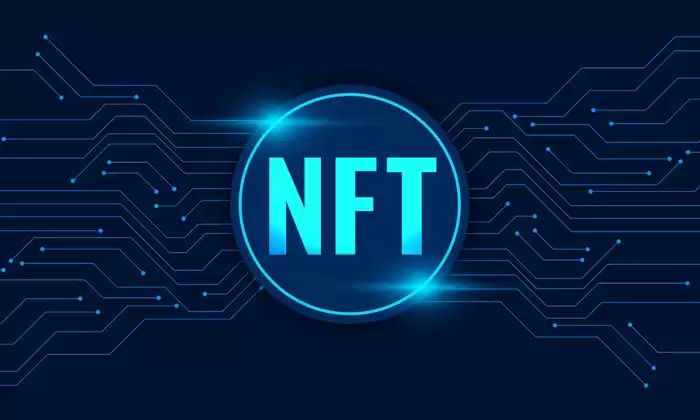
What is a Non-Fungible Token (NFT)?
A non-fungible token (NFT) is a unique digital asset that represents ownership of a specific item, such as a piece of art, a video, or a collectible. NFTs are stored on a blockchain, a decentralized and secure digital ledger, and they are non-interchangeable, meaning that they cannot be replaced or exchanged with another NFT of the same value.
How Non-Fungible Tokens (NFTs) Work
- Creation: An NFT is created when a digital asset is tokenized on a blockchain. This involves creating a unique digital certificate that represents the asset's ownership and authenticity.
- Verification: The NFT is then verified by a blockchain network to ensure its authenticity and prevent counterfeiting.
- Ownership: The NFT is assigned to a specific owner, who has exclusive rights to possess and use the digital asset.
- Transferability: NFTs can be bought, sold, and traded on NFT marketplaces or through direct transactions between individuals.
Key Characteristics of NFTs
- Unique: Each NFT is one-of-a-kind and cannot be replicated.
- Verifiable: The ownership and authenticity of NFTs are verified through blockchain technology.
- Immutable: NFTs are stored on a blockchain, making them tamper-proof and resistant to unauthorized changes.
- Transferable: NFTs can be easily transferred between owners using secure transactions on the blockchain.
Examples of NFTs
- Digital art: NFTs can represent unique digital artworks, allowing artists to sell their creations directly to collectors.
- Collectibles: NFTs can represent digital versions of physical collectibles, such as trading cards or comic books.
- Virtual items: NFTs can represent virtual items used in video games or other online platforms.
- Real-world assets: NFTs can represent ownership of tangible assets, such as real estate or physical goods.
Benefits of NFTs
- Proof of ownership: NFTs provide unambiguous proof of ownership for digital assets.
- Eliminates counterfeiting: The decentralized nature of the blockchain makes it virtually impossible to counterfeit or duplicate NFTs.
- Preservation of digital art: NFTs allow digital art to be preserved and authenticated, ensuring its value and authenticity over time.
- New revenue streams: NFTs create new opportunities for artists, creators, and businesses to monetize their digital content.
Conclusion
Non-fungible tokens (NFTs) are revolutionizing the ownership and trading of digital assets. They offer unique ways to represent, verify, and transfer ownership, providing benefits such as increased security, authenticity, and monetization options. As the digital world continues to evolve, NFTs are expected to play an increasingly significant role in the ecosystem.
Disclaimer:info@kdj.com
The information provided is not trading advice. kdj.com does not assume any responsibility for any investments made based on the information provided in this article. Cryptocurrencies are highly volatile and it is highly recommended that you invest with caution after thorough research!
If you believe that the content used on this website infringes your copyright, please contact us immediately (info@kdj.com) and we will delete it promptly.
- BlockDAG, Litecoin, and Cardano: Charting the Course in Crypto's Dynamic Waters
- 2025-08-07 09:09:06
- Fireverse Token: Igniting a Musical Revolution in Web3
- 2025-08-07 08:27:45
- Ethereum, L2 Withdrawals, and Decentralization: A New Yorker's Take
- 2025-08-07 08:32:33
- Avalanche vs. Ruvi AI: Daily Sales Tell a Story of Crypto Disruption
- 2025-08-07 06:29:35
- DeSoc: The Crypto to Buy Now for a Decentralized Future (and Maybe 43x Gains!)
- 2025-08-07 06:50:16
- Arctic Pablo Coin: Riding the Meme Coin Wave with a Deflationary Twist
- 2025-08-07 07:18:13
Related knowledge
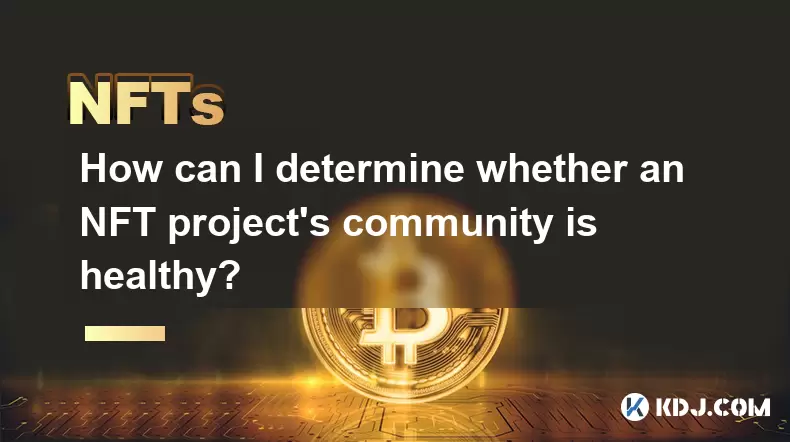
How can I determine whether an NFT project's community is healthy?
Aug 07,2025 at 06:29am
What defines a healthy NFT community?A healthy NFT community is more than just a large group of followers on social media. It reflects active engageme...

How can I participate in NFT airdrops?
Aug 07,2025 at 04:04am
Understanding NFT Airdrops and Their PurposeNFT airdrops are promotional events where blockchain projects distribute free NFTs to users who meet speci...
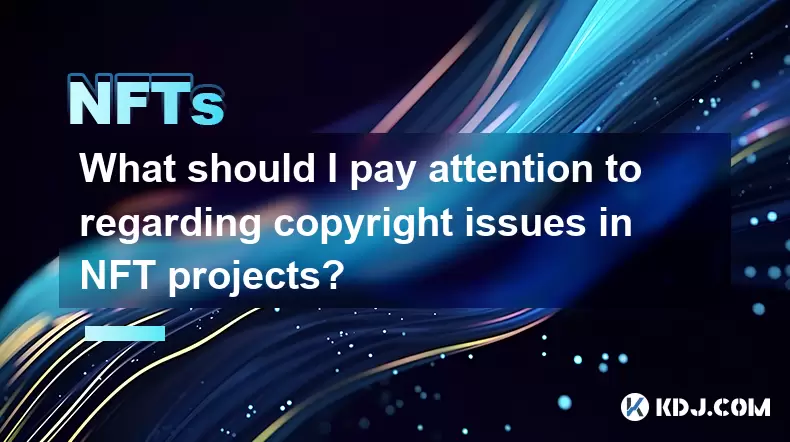
What should I pay attention to regarding copyright issues in NFT projects?
Aug 07,2025 at 06:47am
Understanding Intellectual Property in NFT ProjectsWhen engaging in NFT projects, one of the most critical aspects to consider is intellectual propert...
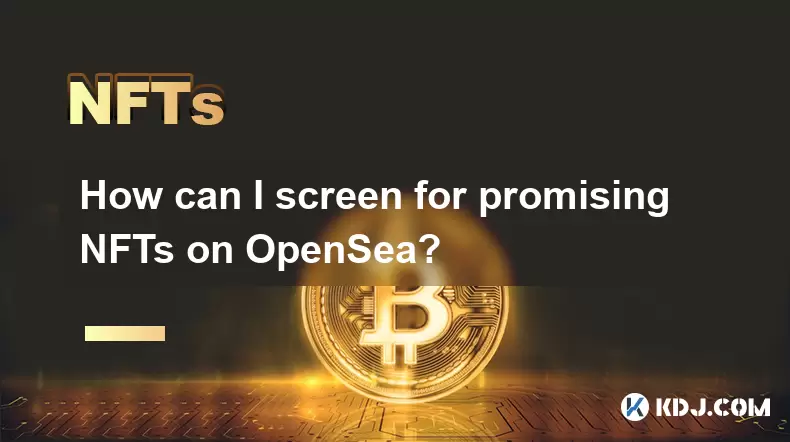
How can I screen for promising NFTs on OpenSea?
Aug 07,2025 at 02:10am
Understanding the NFT Landscape on OpenSeaBefore diving into how to screen for promising NFTs, it's essential to understand the ecosystem of OpenSea. ...
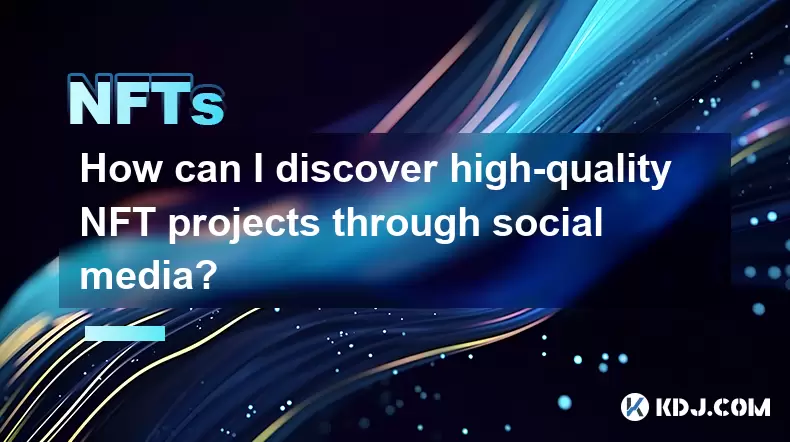
How can I discover high-quality NFT projects through social media?
Aug 07,2025 at 01:22pm
Understanding the Role of Social Media in NFT DiscoverySocial media platforms have become central hubs for the promotion and discovery of high-quality...

Is it possible to get a refund on an NFT?
Jul 21,2025 at 08:35pm
Understanding NFT Transactions and RefundsWhen you purchase an NFT (Non-Fungible Token), the transaction is typically recorded on a blockchain, making...

How can I determine whether an NFT project's community is healthy?
Aug 07,2025 at 06:29am
What defines a healthy NFT community?A healthy NFT community is more than just a large group of followers on social media. It reflects active engageme...

How can I participate in NFT airdrops?
Aug 07,2025 at 04:04am
Understanding NFT Airdrops and Their PurposeNFT airdrops are promotional events where blockchain projects distribute free NFTs to users who meet speci...

What should I pay attention to regarding copyright issues in NFT projects?
Aug 07,2025 at 06:47am
Understanding Intellectual Property in NFT ProjectsWhen engaging in NFT projects, one of the most critical aspects to consider is intellectual propert...

How can I screen for promising NFTs on OpenSea?
Aug 07,2025 at 02:10am
Understanding the NFT Landscape on OpenSeaBefore diving into how to screen for promising NFTs, it's essential to understand the ecosystem of OpenSea. ...

How can I discover high-quality NFT projects through social media?
Aug 07,2025 at 01:22pm
Understanding the Role of Social Media in NFT DiscoverySocial media platforms have become central hubs for the promotion and discovery of high-quality...

Is it possible to get a refund on an NFT?
Jul 21,2025 at 08:35pm
Understanding NFT Transactions and RefundsWhen you purchase an NFT (Non-Fungible Token), the transaction is typically recorded on a blockchain, making...
See all articles

























































































